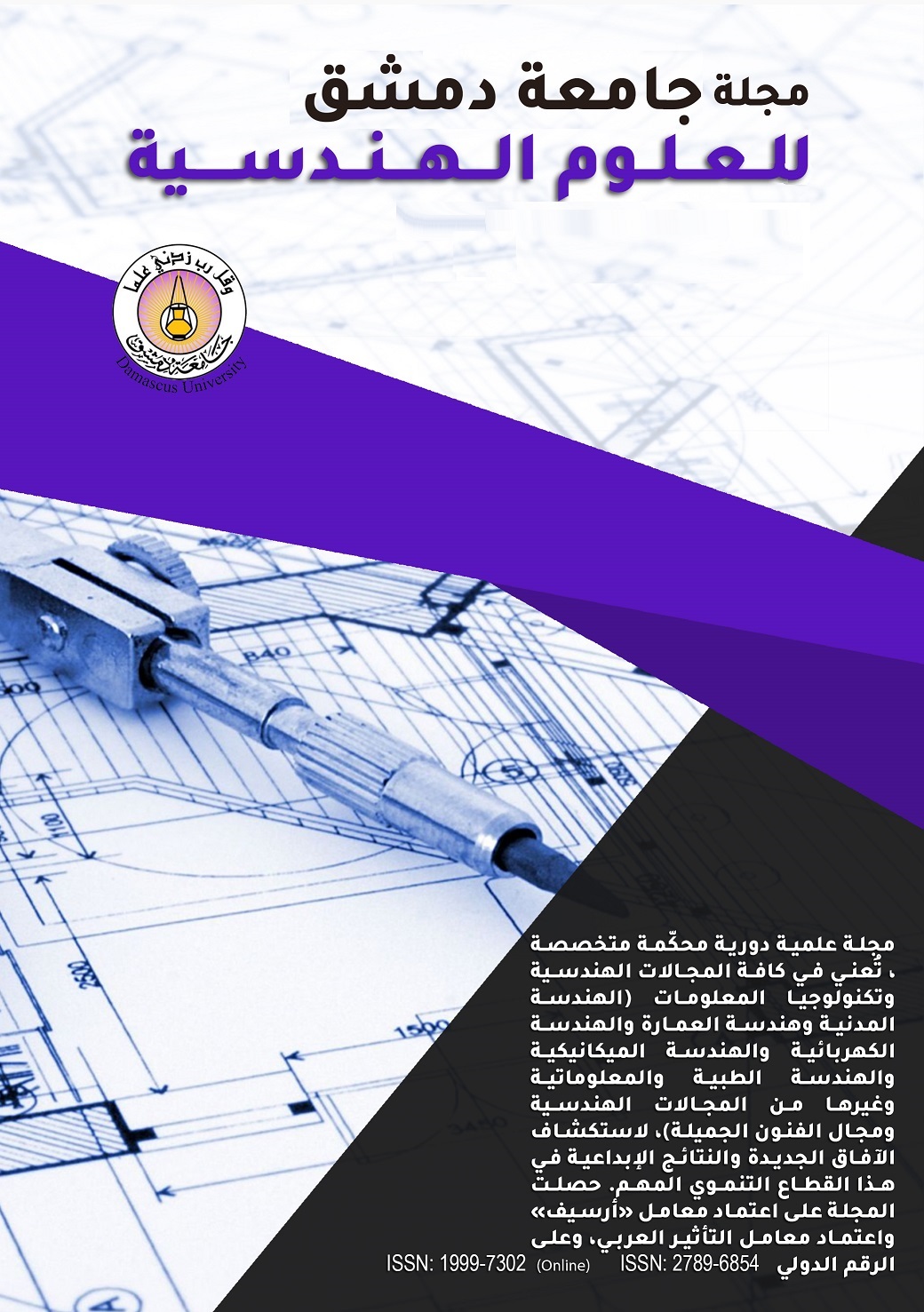Auto Diagnosis For Diabetes Using Iridology
Keywords:
iridology, hough transformation, Random forest, confidence intervals, Adaptive neuro fuzzy inference system, Gray level co-matrix (GLCm)Abstract
Diabetes is considered one of the most prevalent diseases in all societies, and it causes a huge risk for its carrier if the patient does not take his precautions, especially when the patient delays his diagnosis in the suitable time. Iridology is highlighted here to give a big hope in the field of revealing of this disease safely, rapidly, and non-invasive. Iridology aims to link the status of the human body's organs to a standard map divided according to each organ, to show the structural differences in the iris fibers, which reverse the healthy status of the corresponding organs, and it also allowed to reveal the crypts of human body in the fewest and simplest costs, and as quickly as possible. The goal of this study is to build an automatic system for diagnosis of diabetes using the iris, where an automatic separation system for images collected from diabetes patients and healthy people was built using a 13 MP mobile phone camera, and then the inner and outer borders of the iris were determined using Wildes's method based on circular Hough transform, then the pancreas region is identified inside the iris to begin the automatic segmentation process by collecting features from that region, which considered statistical data. Three methods of artificial intelligence are built to make the segmentation process, these systems are the Random Forest, the Adopting neuro fuzzy inference system, and the Principal components analysis following by the support vector machine. The results showed the highest classification accuracy of the random forest model with 90% accuracy then ANFIS with 87.5% accuracy then PCA and SVM with 84.9% accuracy.

